- Learning time
- 30 minutes
- First play time
- 60 minutes
Undaunted: Normandy
Designed by: David Thompson,Trevor Benjamin
Undaunted: Normandy joins the continuing pageant of games re-enacting humanity’s greatest ( – in volume) achievement: war. Specifically, the second world war, as one player (the Allies) try to push the other (the Germans) inland from the beaches of Normandy.
The board is actually a series of large tiles that can be set up a number of ways: the game comes with a playbook with numerous suggestions in it. In the introductory game, which we’ll describe here, both sides have the same goal: to control five objective points. The objective points are flags placed on the tiles themselves – at the outset, the Germans control a flag of three already and the Allies none at all. But the Allies are geographically closer to the other objective flags, so have a head-start of sorts. Both sides start with two Scout units and two Riflemen units in play, one each for Platoon A and Platoon B.
Turns are simple. Each player has a starting deck, and they deal themselves four cards. One card is played as a bid for turn order (every card has a number, and the highest wins) and the other three cards will either activate units on the map, or trigger some other tactical chicanery. So let’s list what the cards do here…
The aforementioned Scouts and Riflemen have matching cards, and these can be played to activate those units on the map – moving from tile to tile, attacking the enemy, or assuming control of an objective. There are caveats aplenty, however: every time your scouts move, you add Fog of War cards to your deck which clog up your hand as – other than a desultory bid for turn order – do nothing to help you. Riflemen don’t have that problem, but they’re compromised in that they won’t move to a tile unless it’s already been scouted. Scouts can also be played to shed a Fog of War card (Conceal) or to add a Fog of War to your opponent’s deck (Recon).
There are other cards in your deck as well – a Squad Leader for each Platoon, and a Commander. These can be variously used to Bolster (add more cards to your hand) Command (add more cards to your deck) or Inspire (return a card you’ve played this turn back into your hand: it can be played again). There are twin struggles here – control of the map, and control of your deck, because you’re fighting to keep the Fog of War cards as absent as possible – it is possible to end up with a hand entirely of Fog of War if you’re not careful, which is something of a gift to the other side.
We mentioned attacking so let’s cover that briefly here. Every attack is decided by the roll of a ten-sided die. Each unit and each tile, depending on its geographical features, have a defence value. These are added together along with the distance you are from the defending unit to give you a target number to cause damage: for example, a Scout (4) hiding in the woods (+3) at a distance of one tile away (+1) means you need to roll an 8, 9 or 10 to hit. If you pull that off, then your opponent either sheds a card or flips their unit to its damaged side – if it’s hit again, it’ll be out of the game. Losing a unit in this game is critical – you only have four of them.
The longer the game continues the more turn order becomes critical, as having momentum on your side puts the enemy on the back foot. The instant a fifth objective is claimed, the game ends.
Joe says
I really enjoy two player war games, but many of them are so complex I confine them to a box in my head labelled "Games I'll play when I'm really old." Undaunted is very much not one of these, and offers a real flavour of WW2 squad level combat without the extraordinary rules overhead of, say, Advanced Squad Leader (don't bother looking for this on our site). It obviously sacrifices a lot of depth as a result - but gets straight to the point - fighting each other rather than the rules. The deck-building aspect does what deck-building does best - it allows you to skew the odds of getting the cards you need into your hand at the right time. And each new unit, gradually introduced over the course of the missions, adds some clever wrinkles to the system. Fights can devolve into a bit of a slog, and if I were feeling ungenerous I'd say that perhaps the whole experience doesn't quite escape the sense of a few building blocks dressed up in a theme, but there's a lot to recommend the game. Not least the price - it's excellent value for money, particularly compared to some of its heavyweight brothers-in-arms.
The guru's verdict
-
Take That!
Take That!
It's war!
-
Fidget Factor!
Fidget Factor!
Very low, once you're up to speed.
-
Brain Burn!
Brain Burn!
There's a plethora of cards but some are specific to a scenario. Once you're familiar the basic concepts the different cards and units are nuances and variations within that overall concept.
-
Again Again!
Again Again!
There's lots of variety to Undaunted; not only can you

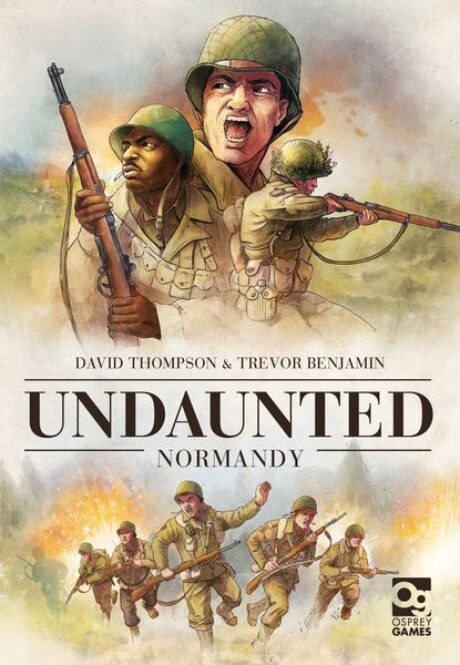

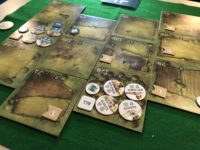
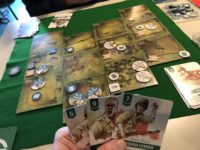


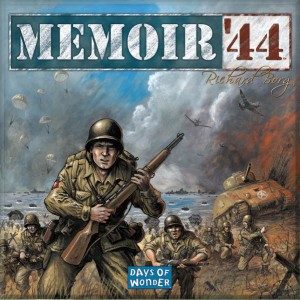
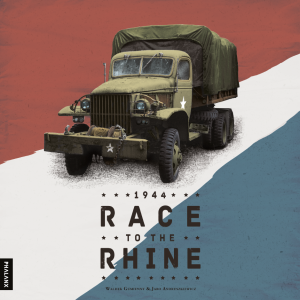
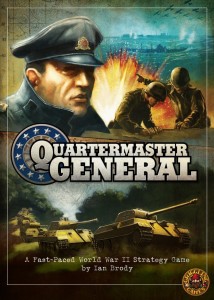
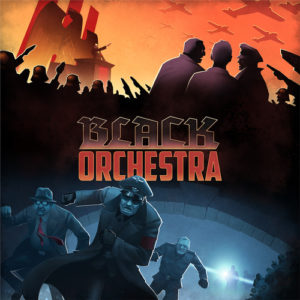
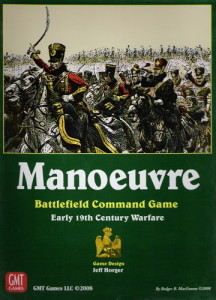
Sam says
I like Undaunted! And I have to say I wasn't sure I would. My tastes in games rarely stray towards two-player punch-ups because - well, they're my tastes. I find the taking-turns to whack each other a somewhat grinding dynamic, particularly with two players where there are no surprises, no ferreting around the edges or Darwinian-style survival of the sneakiest. It still has some of that flavour of course - it is a two-player war game after all - but the unfolding narrative of the board state and the tactical play in how you manage your cards feels, if not 100% thematic, 90% fun. Some might say the chance aspect of die-rolling to determine hits undermines an otherwise shrewd design that's all about choices, but I really like that seam of luck, and I imagine chance did play a bigger part back in the pre-drone days of combat. It's not a go-to game for me, (see tastes above) but I think Undaunted gets everything it sets out to do just about spot-on.